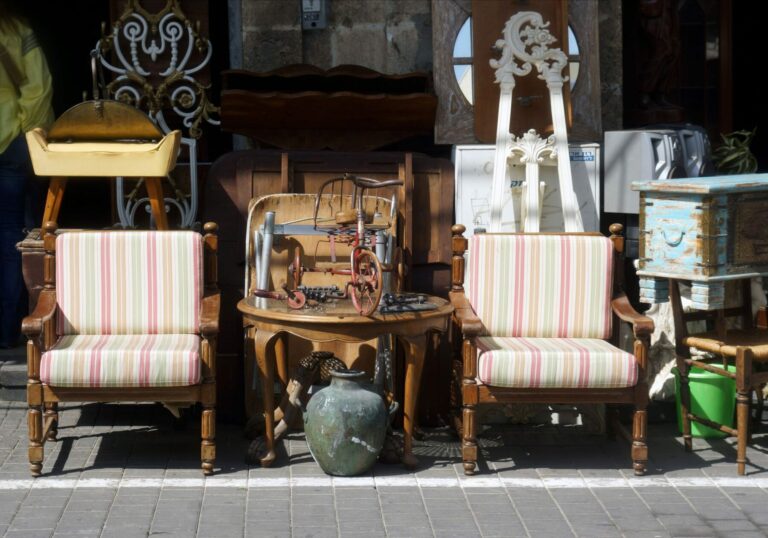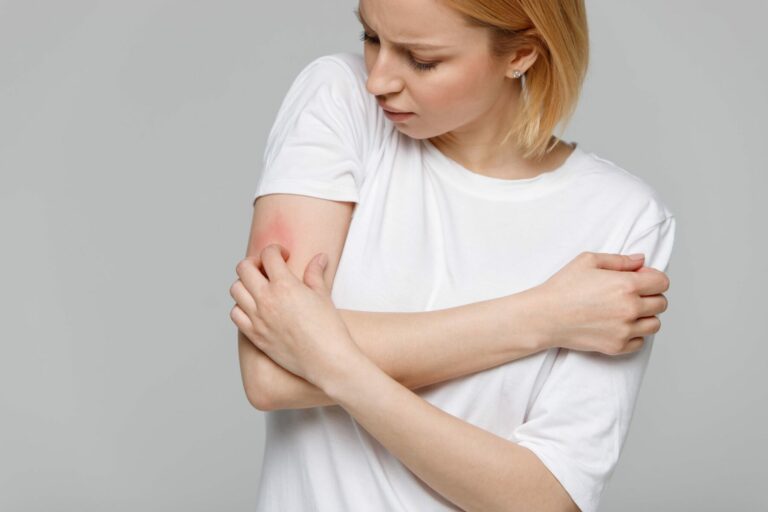What To Do When You Think You Have Bed Bugs
Step 1: Identify
There are all sorts of critters that can come in and out of homes. But how do you know if what you are looking at is indeed a bed bug? Here’s what to look for:
 Bed Bug Eggs are smaller and a clear yellowish color, clustered and covered in a glue like substance, and are the size of a dot created by a marker point.
Bed Bug Eggs are smaller and a clear yellowish color, clustered and covered in a glue like substance, and are the size of a dot created by a marker point.
Nymphs (“teenage” bed bugs) are bright red color and slightly larger in size.
Adult Bed Bugs are 1/4 of an inch and are often compared to the size of an apple seed; flat, oval, and reddish brown in color. They travel within 5 to 25 feet of their nest at night, moving toward body heat and carbon dioxide.
Step 2: Look for Other Signs
Red Stains on Bed Sheets
Often at night when a bed bug is with its food source, a person rolls and crushes fed bed bugs on their mattress. This causes dark reddish, blood stains to appear on bed linens. This also includes other places where residents sit, sleep, or rest.
Shells
As nymphs grow through their life stages, they will shed or molt their exoskeleton, leaving behind a clear yellowish casing. These casings can be found around their nest area.
Bites
An easy identification of a bed bug infestation are bed bug bites on your skin. Usually, the discovery of a bed bug infestation starts with noticing small, itchy welts on skin that is typically exposed while sleeping (ex. arms, back, legs, etc.). Often mistaken for mosquito or spider bites, bed bug bites are in clusters and leave what looks like a track or pattern on the infected area. This is caused by the bed bug walking and biting simultaneously.
Actual Bed Bugs
The most obvious and crucial sign of a bed bug infestation is the presence of eggs, nymphs, and adults. You can find bed bugs hiding in the following locations:
- Headboards & bed frames
- Under box springs
- Mattress seams
- Behind baseboards & wall hangings
- Electrical outlets
- Drawers and drawer rails
- Behind and underneath furniture
- Behind electrical covers
- Cracks in furniture
- Couch seams
- Under floor clutter
- Seams on luggage
Step 3: Professional Bed Bug Extermination
Bed bugs are notorious for being one of the most difficult to pest to completely remove, which is why most DIY methods do not work. Exterminating bed bugs in residential homes should be done by a licensed bed bug eradication professional. Using store bought insecticides and pesticides will not solve your bed bug problem. Surviving infestations will become worse, spreading throughout your home to other rooms and areas.
Pest control companies do not have the same methods to eliminate a bed bug infestation. Some exterminators will use chemicals, some use safer techniques, and others will use a mixture of both. Consider what is right for your property by thinking about those it may be affecting, including the elderly, children, and pets. The most effective method is a bed bug heat treatment.
When furniture and belongings are treated with chemical products you have to dispose of these items. The heat used by our team at Bed Bug BBQ comes from specialized heaters that are equipped with safety devices such as sensors and thermostats to safely heat the target area to an exact temperature. and fixtures in your home is practically non-existent.
This technique can be used for a single room or an entire home. Heat treatment is especially effective as it can penetrate carpets, furniture, mattresses, ceilings and walls. The heat reaches areas where pesticide cannot be applied. With heat, we heat your home to 120-150°F and the potential for damage to furnishings. Treatment time varies on size of structure and degree of infestation. Heat eliminates all stages of the life cycle, so when our treatment is done, the bed bugs are all gone! In one day using a non-chemical method, all bed bugs will be removed.
Step 4: Become a Bed Bug Wrangler
You called a professional and have scheduled your inspection. It is now time to put on your cowboy hat and pull up your boots because it’s time to catch the critter. In order to help the inspector identify the big, it is recommended (and appreciated) if they are able to see one.
While you are inspecting your own home and come across a live bed bug, carefully grab a hold of it with a pair of tweezers. Then place it into a ziploc bag and place it in the freezer. Be sure to show your inspector as soon as they arrive.
If you believe that you have bed bugs in your home, schedule a FREE inspection with Bed Bug BBQ today. Call (216) 232-2762 or contacting us through our site. It is our goal to effectively rid your property of bed bugs while saving you time and money.







